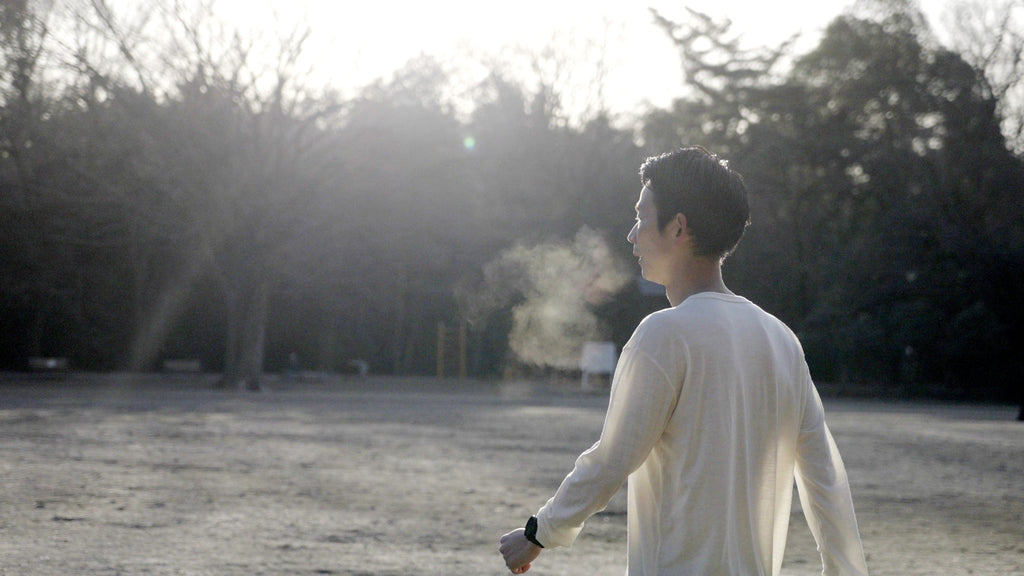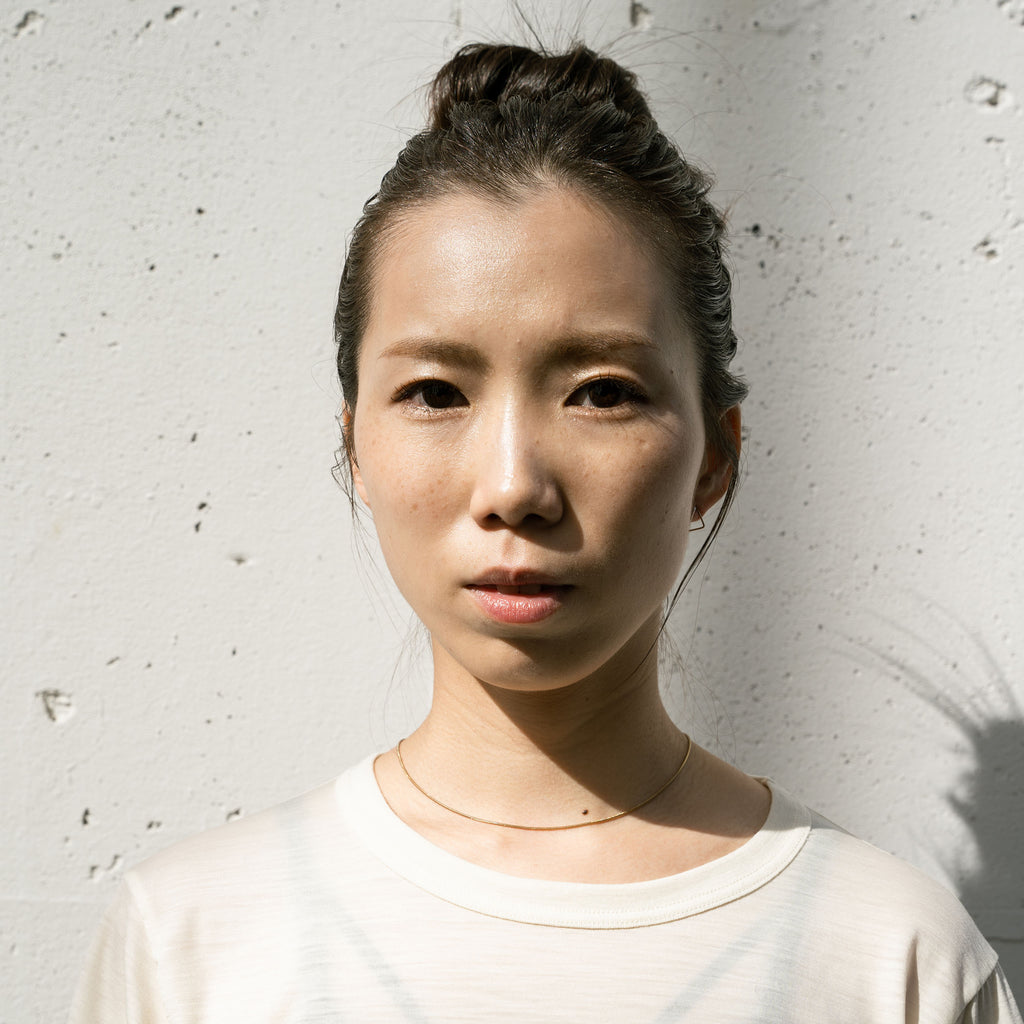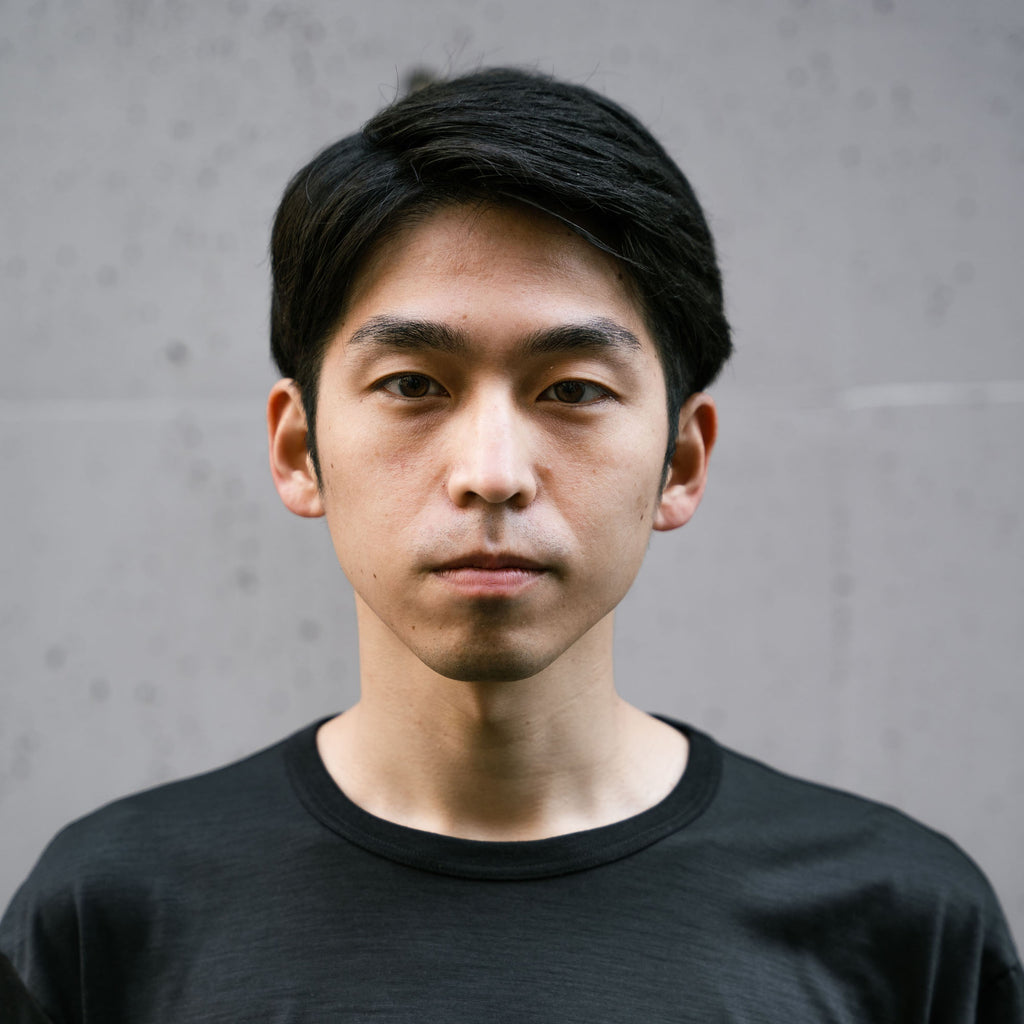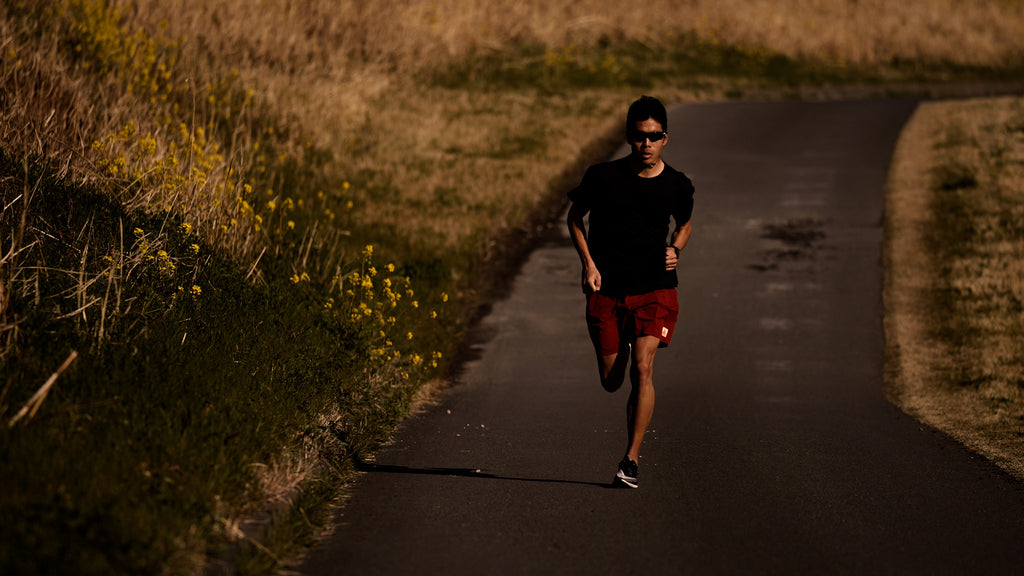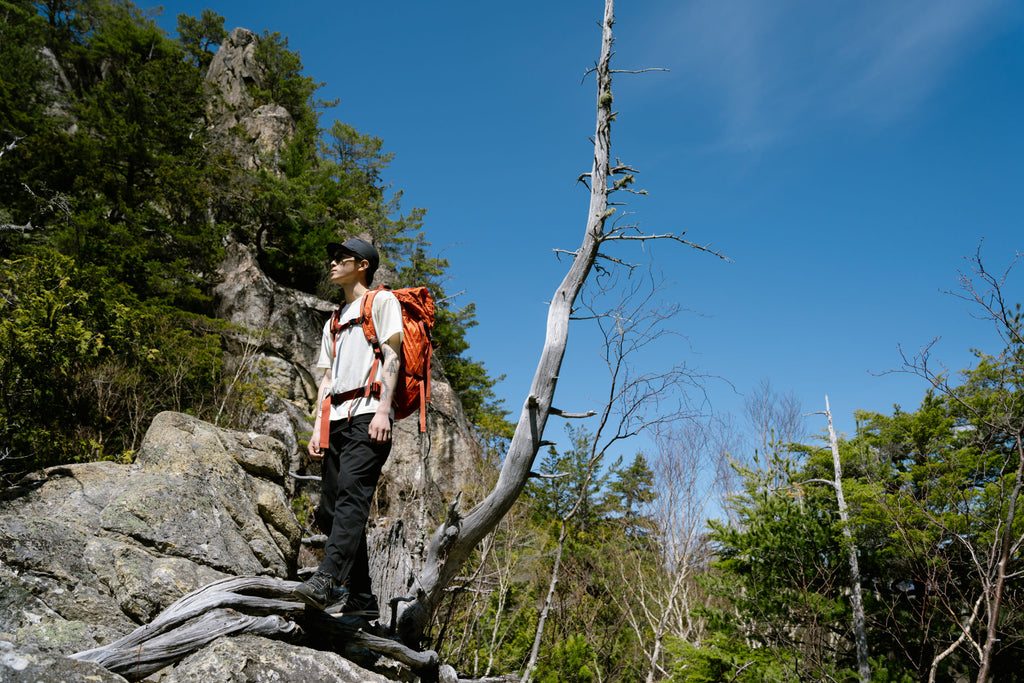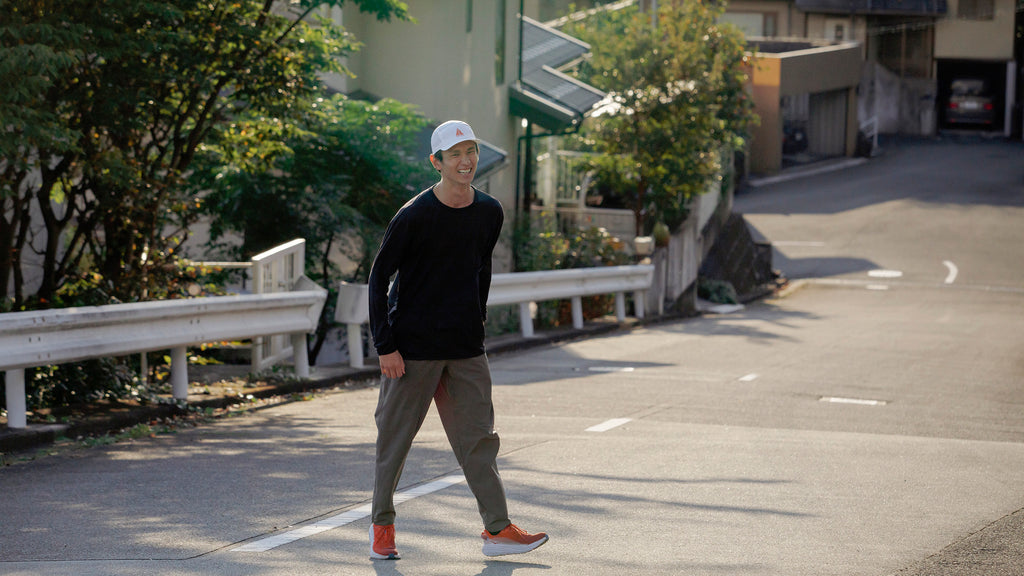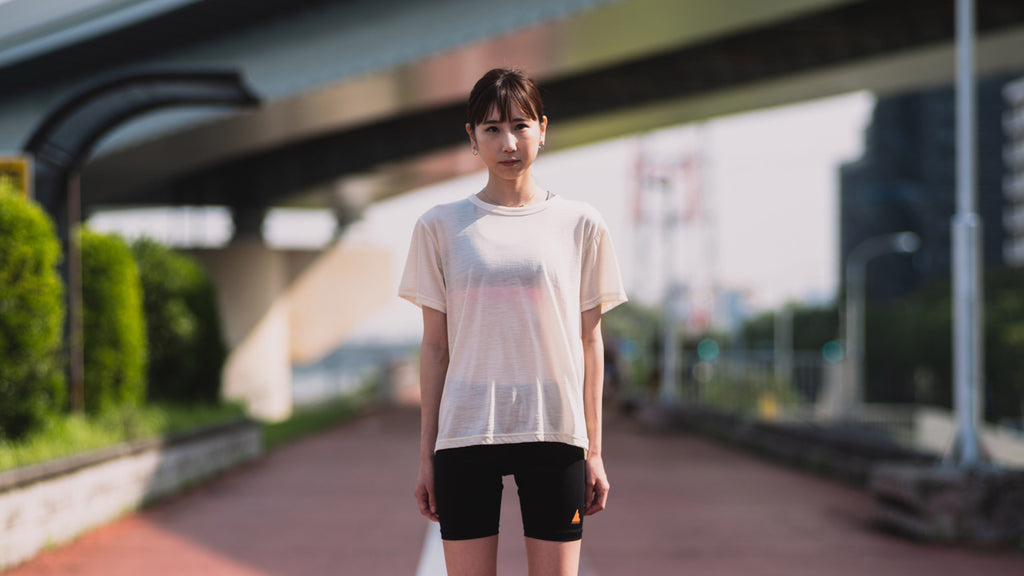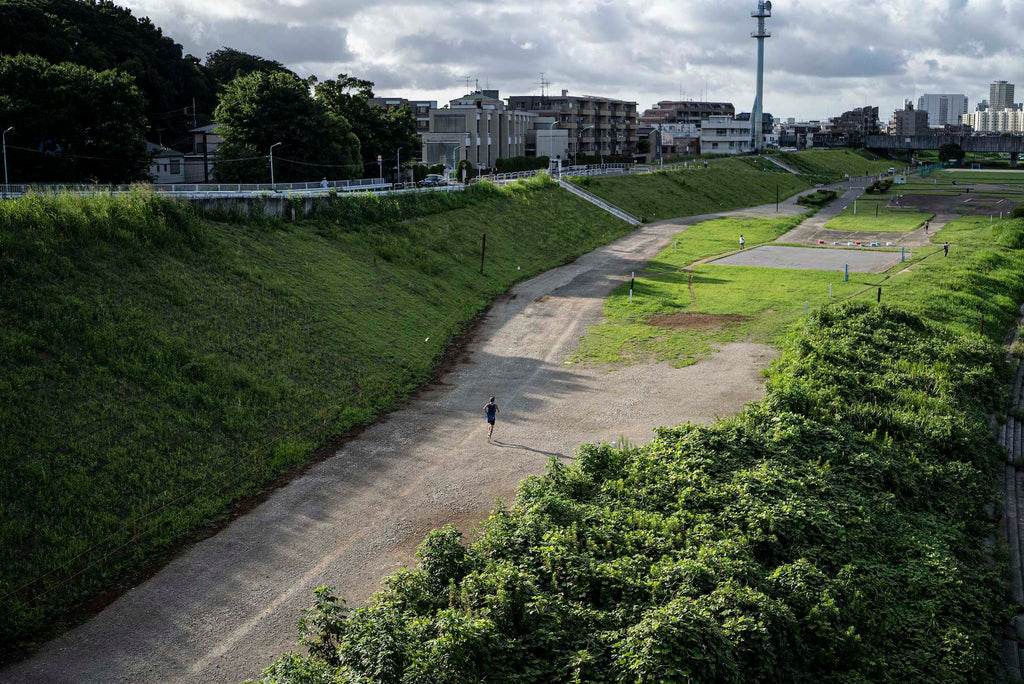Things that cannot be expressed in words - TAMAKI ROY (Rapper)
We asked Tamaki Roy, his creative process as he moves towards expressions encompassing not only rap but also performing arts.
Tamaki roy is multifaceted. While known as a rapper who skillfully manipulates words, he is also actively engaged in beatmaking and performance art involving physical movement. Regardless of the chosen form of expression, he strives to delve deep into its essence. Continuously expressing oneself is crucial, and the means to do so can vary freely. Perhaps it is in this aspect that Tamaki Roy's "as is" lies.
Encountering expressions through physical movement.
As a case study peeking into Tamaki Roy's creative process, let's focus on the performance involving physical movement, which also relates to "HERENESS." Why did Tamaki Roy, primarily a rapper, decide to engage in performance art? First, let's hear about the background. It all started when Tamaki Roy participated in the album "Toki Ga Kanaderu" (2014) by Shuta Hasunuma, a project led by his friend Shuta Hasunuma.
"At 'Hasunuma Shuta Phil,' I had many opportunities to perform in places such as galleries, theaters, and museums, rather than the usual clubs, live houses, or outdoor festivals where I've mostly been active. I started going to places I had hardly ever been before. When you go somewhere new, you naturally become curious and start researching, right? It's like traveling. That's how I became interested in art and performing arts."

In 2015,Tamaki Roy, intrigued by performing arts, attended a performance by the dance unit "Altneu" at the Saitama Arts Theater in Saitama Prefecture, led by choreographers Yasutake Shimaji and Hana Sakai. It was there, through an introduction by Shuta Hasunuma, who was in charge of the music for the performance, that Tamaki Roy met Yasutake Shimaji. Shimaji had been a member of "The Forsythe Company," led by the pioneering choreographer William Forsythe, in Germany since 2006 but had recently returned to Japan.
"At that time, Shimaji was more interested in the conceptual expansion of dance works rather than what is typically considered contemporary dance. After returning to Japan, when he tried to create works here, he found it challenging to find dancers who shared his interests and were willing to collaborate. In fact, he even considered creating works with non-dancers. That's when we happened to meet, and he invited me to join him, suggesting, 'Why don't we try creating something together?'"

Create from the process of making the work.
How did the rapper with a unique position in Japan's music scene and the alternative dancer create their work?
"We both didn't know how to go about creating it. So, we started from figuring out how to make it. That's where we began. Initially, we spent a considerable amount of time in dialogue, sharing what kind of creativity we each aspired to. It left a strong impression on me that bridging the gap between different genres takes a lot of time."
"The Forsythe Company," to which Shimaji belonged, prioritized improvisation over traditional choreography. Rather than giving specific choreographic instructions to dancers, they provided concepts or instructions called "tasks," encouraging dancers to use their imagination to create improvised performances based on them. The collaboration between Tamaki Roy and Yasutake Shimaji also progressed in a similar manner.
"For example, at 'The Forsythe Company,' where Shimaji was involved, they emphasized creating improvisational performances based on concepts like 'You feel like going outside in the midst of a typhoon and experiencing the rain.' Different dancers were given varied concepts or instructions, and they were encouraged to creatively construct them. Shimaji would provide me with such prompts, and I would process them in my own way. We would adjust and communicate if I felt uncomfortable with a particular concept, and once we both felt comfortable, we would move on to the next stage. It was a process of repeating this cycle."
"At the end of this process emerged 'Arika,' premiered at the Aichi Prefectural Arts Theater and performed over 30 times. Additionally, a new work titled 'Ainote' was created last year at Dance Base Yokohama and presented in Aichi and Tokyo. Through collaborations like this with Shimaji, Tamaki Roy realized something: his performances in the realm of popular music were surprisingly standardized."
(Note: The quoted text appears to be a summary or commentary on Tamaki Roy's collaboration process with Shimaji and the outcomes of their work.)


"Works with Shimaji were not performed in a traditional theater setting, so the audience's perspective was 360 degrees, and the distance and relationships changed significantly. As a performer, I had to be aware of myself, the audience, and the venue or space while performing. Additionally, factors such as the shape of the stage, lighting design, music selection, and how to move within the space itself became important elements of the work. In the past, my focus in popular music has mainly been on reproducing recorded works on stage, so I haven't had many opportunities to consider such aspects. Therefore, it was a significant learning experience for me."
This episode illustrates how Tamaki Roy gains new perspectives by transcending genres in his creative process, incorporating them into other forms of expression, and leveraging them effectively.
Things that cannot be expressed in words.
We asked him about the comfort of HERENESS Smooth Wool T-Shirt.
"It feels light and you hardly notice you're wearing it. It's definitely lighter than a regular cotton T-shirt. But even if someone says it feels comfortable in text, you wouldn't really understand unless you try it on yourself. I realized that conveying 'comfortable to wear' requires actually trying it on," he remarked.

Words are an uncertain means of communication, and conveying delicate sensations solely through succinct words is quite challenging. Even in collaboration with Shimaji, there was never a moment of reaching an understanding solely through words despite lengthy dialogues.
"You don't go 'let's do it this way' through words. That would already be verbalizing it. You have to go with the feeling that can't be verbalized. (You have to) move (your body) for it to become a piece of work."
As a rapper who has made extensive use of words, Tamaki Roy is conscious of both expression through words and expression beyond words. Recently, he has transformed his home into a studio and delved deeper into the art of recording as a lifelong pursuit. His next expression is eagerly awaited.

〈Wearing Items〉
Model:170cm
SMOOTH WOOL T-SHIRT(UNISEX) Size:M
UNDERCURRENT JACKET Size:M
UNDERCURRENT PANTS Size:M





